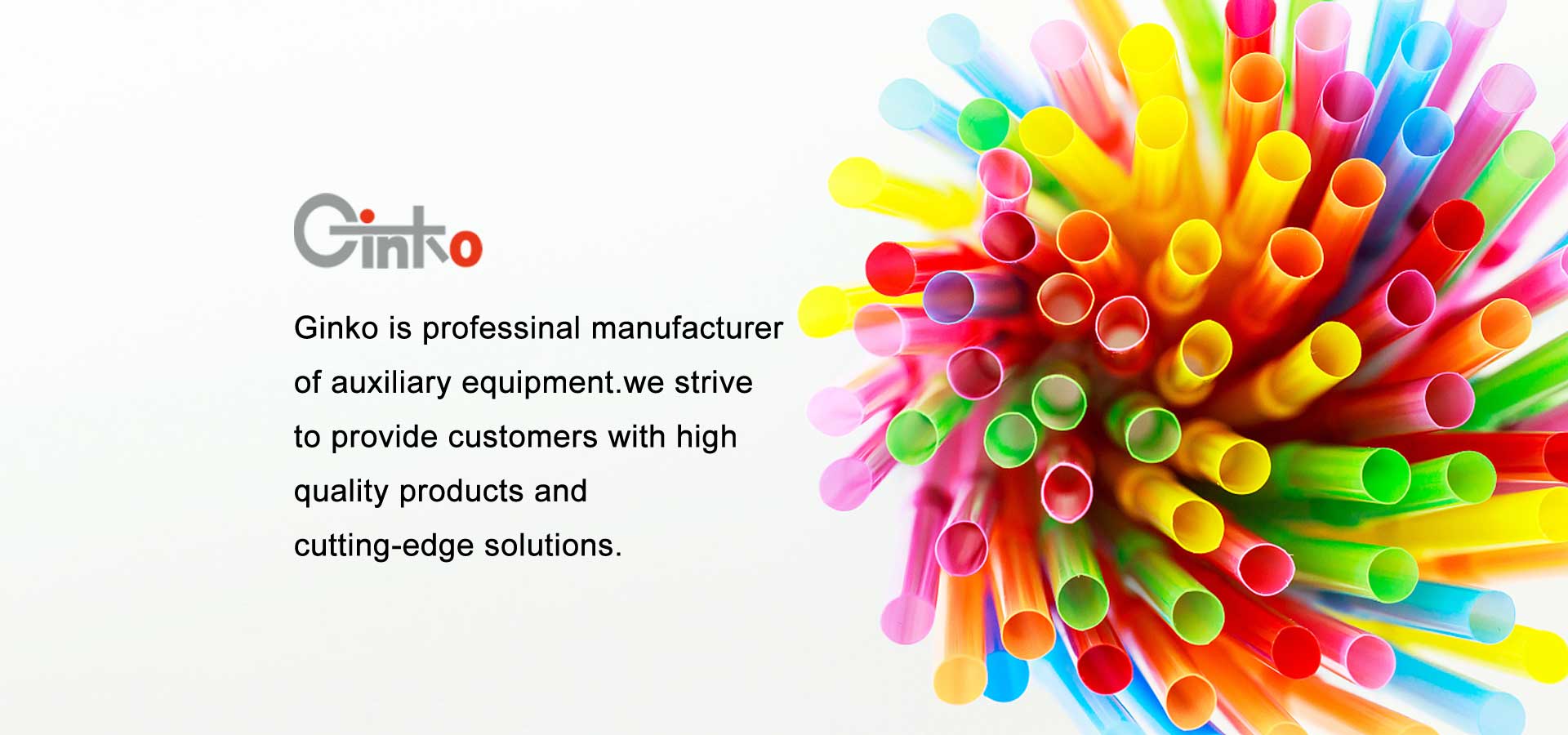Effect of operating factors on granulation quality
2020-06-09
1. The effect of feeding amount on granulation quality: the feeding amount is adjustable, and the adjustment is based on the current value of the main motor. Generally, the main motor current of each power has a calibrated rated current value. As the feed volume increases, the main motor current increases and the production capacity is high. The feeding amount should be adjusted according to the raw material composition, conditioning effect and particle diameter to adjust to the best granulation effect. When adjusting, pay attention to not exceeding the rated current value of the main motor.
2. The effect of steam on the quality of granulation: the quality of steam and the control of the amount of steam intake have a greater impact on the quality of the pellet. The feed needs to be tempered before pressing, and the material is heated after the tempering, starch in the feed Gelatinization, plasticization of protein and sugar, and increase the water content of feed, because water is also a good binder, these are conducive to granulation and improve the quality of granules. To this end, it can only be achieved by improving the quality of steam and adjusting the intake air volume. The steam must have suitable pressure, temperature and moisture. Generally speaking, the greater the pressure of the steam, the higher the temperature. The temperature of the material after conditioning is generally 65-85℃. The temperature increases and the humidity increases accordingly. The optimal moisture for granulation after conditioning is 15.5 %, which is convenient for granulation and improving the quality of granules. If the amount of steam is too large, it will cause the particles to deform, the material temperature will be too high, and the nutrients such as additives will be destroyed. It will even cause scorching during the extrusion process, which will affect the quality of the particles and even block the ring membrane. Therefore, the steam flow should be properly controlled in production. During the granulation process, as the feed flow rate changes, the steam volume also changes accordingly. Under normal circumstances, the amount of steam is 4%-6% of the granulator's production capacity
3. The effect of the ring film speed on the granulation quality: the ring film speed is based on the geometric parameters of the machine: ring film inner diameter, die hole diameter and depth, the number of rollers and their diameter, etc., as well as the physical and mechanical properties of the pressed material, the mold roller Friction coefficient, material bulk density, etc. Generally, the linear velocity of the annulus is 4-8m/s, which is especially suitable for feeds with a particle size of less than 6mm. The production of the same granulator is very difficult. At present, the granulator mainly uses gear shifting or replacement of pulleys with different diameters. Generally, there are only two high-speed and low-speed gears.
4. The effect of film roll gap on granulation quality and output: the film roll gap is too large, the output is low, and sometimes there is no grain, the gap is too small, the film and roller mechanical wear is serious, affecting the service life. A suitable film roll gap is 0.05-0.3mm, and the film is in direct contact with the pressure roller by visual inspection. The simple way to check is that after the gap is adjusted, the east ring mold is manually turned, and the pressure roller rotates intermittently, which shows that the gap is suitable.
5. Influence of cutter machine adjustment on pellet quality: When the cutter of the pelletizer is not sharp, the cylindrical material coming out of the ring die hole is broken, not cut, so the particles are rough at both ends. The particles are in the shape of an arc, resulting in an increase in the powder content of the finished product and a decrease in the quality of the particles. When the blade is sharp, the two ends of the particles are relatively flat, the powder content is low, and the quality of the particles is good. The effect of cutter adjustment on particle quality is mainly reflected in the length of the particles. The length of the particles is generally 1.5-2.5 times the diameter of the particles, of course, it can also be customized according to the needs of users. To adjust the particle length, just adjust the distance between the cutter and the ring die. When the cutter exits, the distance between the blade and the ring film becomes larger. At this time, the length of the cut particles also becomes longer, otherwise, the particles become shorter. It should be noted that the minimum distance between the cutter and the ring die has to be less than 3mm to avoid the collision of the cutter head with the ring membrane and collision.
6. Generation and treatment of abnormal particles: Due to improper steam usage and pressure during raw material formula processing and conditioning, abnormal particles will be suppressed.
2. The effect of steam on the quality of granulation: the quality of steam and the control of the amount of steam intake have a greater impact on the quality of the pellet. The feed needs to be tempered before pressing, and the material is heated after the tempering, starch in the feed Gelatinization, plasticization of protein and sugar, and increase the water content of feed, because water is also a good binder, these are conducive to granulation and improve the quality of granules. To this end, it can only be achieved by improving the quality of steam and adjusting the intake air volume. The steam must have suitable pressure, temperature and moisture. Generally speaking, the greater the pressure of the steam, the higher the temperature. The temperature of the material after conditioning is generally 65-85℃. The temperature increases and the humidity increases accordingly. The optimal moisture for granulation after conditioning is 15.5 %, which is convenient for granulation and improving the quality of granules. If the amount of steam is too large, it will cause the particles to deform, the material temperature will be too high, and the nutrients such as additives will be destroyed. It will even cause scorching during the extrusion process, which will affect the quality of the particles and even block the ring membrane. Therefore, the steam flow should be properly controlled in production. During the granulation process, as the feed flow rate changes, the steam volume also changes accordingly. Under normal circumstances, the amount of steam is 4%-6% of the granulator's production capacity
3. The effect of the ring film speed on the granulation quality: the ring film speed is based on the geometric parameters of the machine: ring film inner diameter, die hole diameter and depth, the number of rollers and their diameter, etc., as well as the physical and mechanical properties of the pressed material, the mold roller Friction coefficient, material bulk density, etc. Generally, the linear velocity of the annulus is 4-8m/s, which is especially suitable for feeds with a particle size of less than 6mm. The production of the same granulator is very difficult. At present, the granulator mainly uses gear shifting or replacement of pulleys with different diameters. Generally, there are only two high-speed and low-speed gears.
4. The effect of film roll gap on granulation quality and output: the film roll gap is too large, the output is low, and sometimes there is no grain, the gap is too small, the film and roller mechanical wear is serious, affecting the service life. A suitable film roll gap is 0.05-0.3mm, and the film is in direct contact with the pressure roller by visual inspection. The simple way to check is that after the gap is adjusted, the east ring mold is manually turned, and the pressure roller rotates intermittently, which shows that the gap is suitable.
5. Influence of cutter machine adjustment on pellet quality: When the cutter of the pelletizer is not sharp, the cylindrical material coming out of the ring die hole is broken, not cut, so the particles are rough at both ends. The particles are in the shape of an arc, resulting in an increase in the powder content of the finished product and a decrease in the quality of the particles. When the blade is sharp, the two ends of the particles are relatively flat, the powder content is low, and the quality of the particles is good. The effect of cutter adjustment on particle quality is mainly reflected in the length of the particles. The length of the particles is generally 1.5-2.5 times the diameter of the particles, of course, it can also be customized according to the needs of users. To adjust the particle length, just adjust the distance between the cutter and the ring die. When the cutter exits, the distance between the blade and the ring film becomes larger. At this time, the length of the cut particles also becomes longer, otherwise, the particles become shorter. It should be noted that the minimum distance between the cutter and the ring die has to be less than 3mm to avoid the collision of the cutter head with the ring membrane and collision.
6. Generation and treatment of abnormal particles: Due to improper steam usage and pressure during raw material formula processing and conditioning, abnormal particles will be suppressed.





